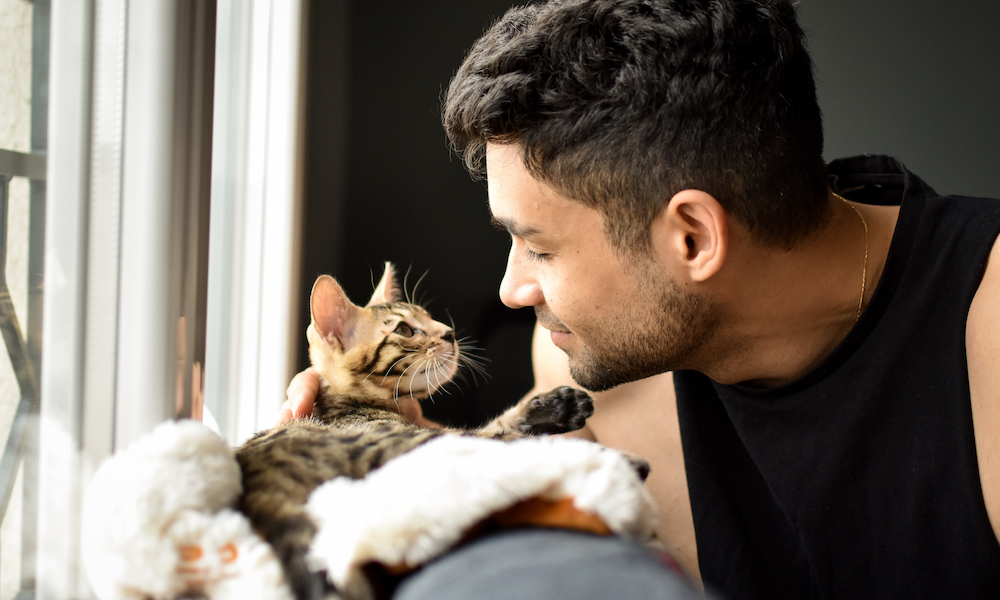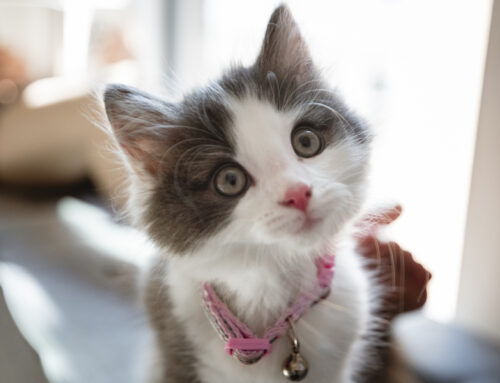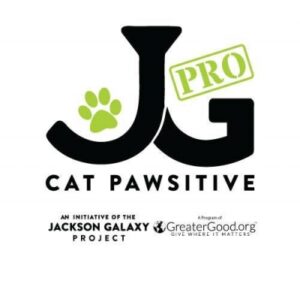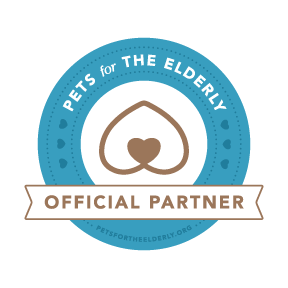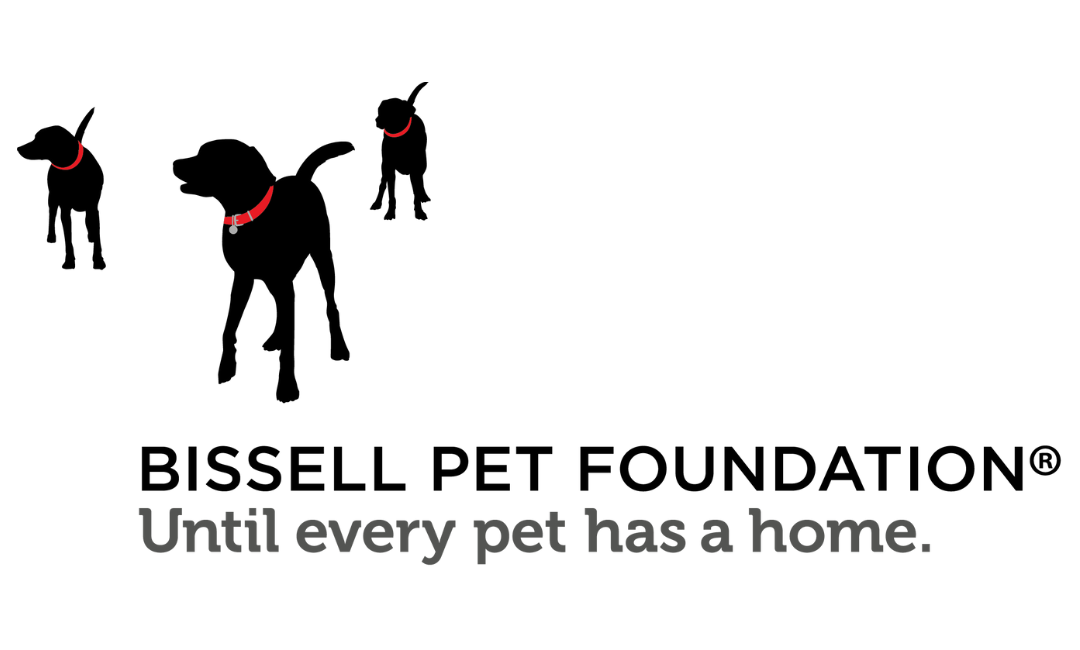Each spring and summer, kittens inundate shelters across the community because warm weather encourages feline reproduction. We call this kitten season– a very busy time for the staff and volunteers here at Humane Animal Rescue.
Keeping ahead of kitten season is truly a community effort. We often receive questions regarding how to help. The answer starts with you: DON’T BE A KIT-NAPPER! When we find a litter of kittens, our good-hearted instincts tell us to take them to our local shelter. Unfortunately, we may be doing more harm than good to these kittens by removing them from their nesting place. The best thing we could possibly do for these kittens is to leave them alone. Often, Mom is out hunting and will return to check on and care for all of her babies. In the meantime, you can watch for her from a safe distance, but please don’t hover over her babies. If she sees you, she may be scared and not return.
But, if you notice that mom has not returned to her kittens in four or more consecutive hours, please take action to care for the fragile neonatal kittens. Continue reading for a step-by-step guide on caring for them.
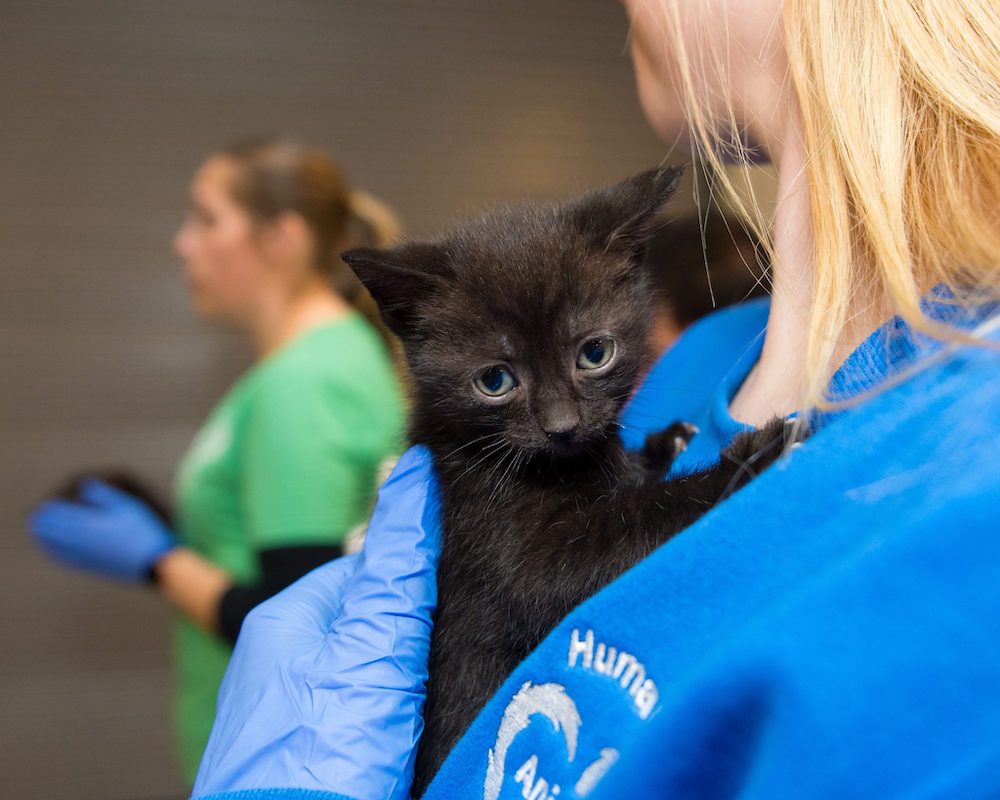
Supplies
Feeding Supplies
- Kitten Milk Replacer (KMR)
- Wet Kitten Food, pate style
- Nursing Bottle Kits
- for fussy kittens, Miracle Nipples can help make feeding time easier!
- Pedialyte, unflavored
- Mini Whisk
- Blender Bottles work great for making formula, too!
- Small Funnel
- Kitchen Scale
Comfort, Housing, & Clean Up
- Cat carrier
- Small playpen
- Towels and Blankets
- Thermometer
- Snuggle Safe Disc, Heating pad, or uncooked rice in a sock
- Paper Towels, Washcloths, Cotton Pads or Gauze Squares
- Hand Sanitizer
- Fragrance Free Baby Wipes
- Cat Litter, non-clumping
- Dawn Dish Soap and a Flea Comb
Routine Care
Keep ‘Em Warm
Kittens cannot regulate their own body temperature so it’s up to you to make sure they stay warm. House the kittens in a quiet, small space where you can easily regulate and maintain a warm environment – keeping tiny kittens in a cat carrier in a spare bedroom or bathroom works great! Place the Snuggle Safe Disc, or other heat source, in their enclosure, but be sure to leave room so they can get away from the heat if they want/need to. (Environment Temperature Guide: Newborn – 1 Week Old: 90°F, 1 Week Old – 1 Month Old: 80-85°F, After 1 Month: 75°F)
Bottle Feeding
Never feed a cold kitten! Before you bottle feed, make sure they are warm – you can use a rectal thermometer to be sure! (Temperature Guide: Newborn Kittens: 97-99°F, 2 Weeks Old: 98-100ºF, 4 Weeks Old: 100-102°F)
Mix the KMR Formula using the guide on the container. PetAg KMR is to be mixed 1 part formula powder to 2 parts warm water. Use your whisk or Blender Bottle to mix the mixture until it is smooth, no lumps or clumps! Test the formula’s temperature on the inside of your wrist.
Now, get the kitten into position for meal time. Keep the kitten on its stomach or upright, never on its back! Gently slide the nipple of the bottle into the kitten’s mouth and invert the bottle so that the formula can flow. Some kittens will latch onto the bottle and begin suckling the formula, but not all will get the hang of it that quickly – and that’s okay! (If the kitten is consistently struggling with the bottle, consider using a syringe with a nipple to make it easier to control the flow of formula.)
It is helpful to keep a written log of feeding times and how much the kitten eats at each meal! Use this chart as a guide for how much formula they should get:
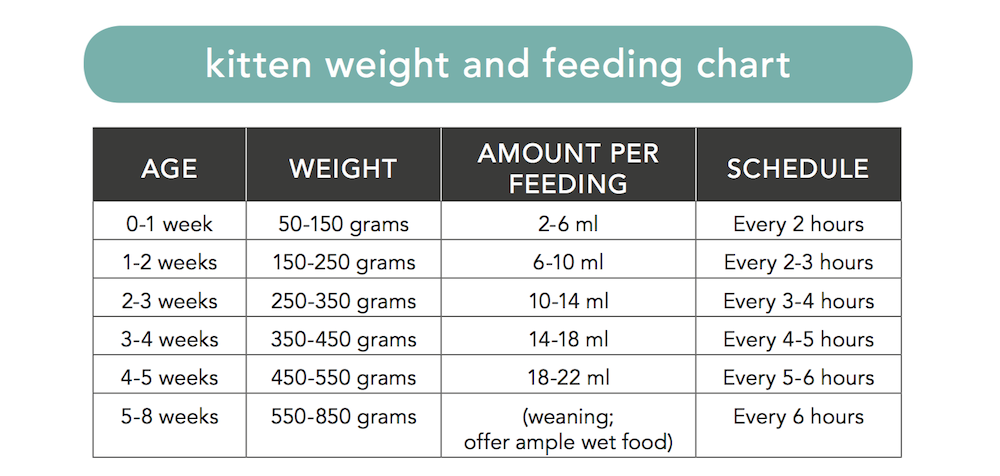
Source: Kitten Lady
Once they finish eating, gently massage the kitten’s back to burp them. They may not audibly burp each time, but be sure to continue this after each feeding. Before placing them back in their warm enclosure, clean them up! Use a baby wipe, washcloth, or paper towel to clean off any formula left behind on their face or paws.
Be sure to clean and sterilize the bottle, nipples, and whisk/Blender Bottle after each use!
Bathroom Business
Young kittens don’t go to the bathroom their own, mom cats stimulate their babies by licking them to stimulate them. If you’re caring for orphaned kittens, you will need to mimic this stimulation using baby wipes, gauze pads, or cotton balls. Stimulation will need to occur after each feeding until they are approximately 3 – 4 weeks old.
After each feeding, hold the kitten so that you can gently rub their genitals using a warm wipe until they finish urinating. If you stop, they will stop, so keep rubbing until they are no longer peeing. Kitten urine is often a pale yellow color, make note of any changes if you notice a different color. If the kitten needs to poop, continue stimulating their bottom until they are done pushing. Their poop will be a yellow to brown color, and mushy – you may notice mucus in their poop as well, that is normal! While kittens will poop once per day, they should urinate after each feeding.
Clean the kittens once you are done stimulating and keep them dry to prevent any possible infection.
Stay Alert
Weight Checks
Weighing kittens is critical to monitoring their health! A healthy kitten will gain a minimum of 10-15 grams per day. Keeping track of their weight before and after feedings is a great tool to make sure they are getting enough formula during meal time.
If the kitten is not regularly gaining weight, or is losing weight, this is a sign of illness and should be addressed immediately.
Suckling
If you are caring for more than one orphaned kitten, you may notice one (or more) of the kittens suckles on it’s litter-mates. If this happens, you will need to separate them as to not cause injuries.
Illnesses
Keep an eye out for anything out of the norm. If you notice something isn’t right, you are probably right. Orphaned kittens are incredibly fragile, so it is best to be proactive if you are concerned for their health.
Upper Respiratory Infections: URIs are very common, especially when kittens are born outside or abandoned. Common symptoms are sneezing, audible breathing, mucous discharge from eyes or nose, decreased appetite, and lethargy. Contact your local veterinarian or shelter for antibiotics or care instructions.
Dehydration: If you notice a darker than normal urine color, the kitten may be dehydrated. To test for hydration, lightly pinch the skin on the back of the kitten’s neck, lift an inch, and let go. The skin should quickly return to its place; if it does not, the kitten may be dehydrated. You can add Pedialyte to their formula to help hydrate, but contact your local veterinarian or shelter as the kitten may require subcutaneous fluids.
Fleas: If you see fleas on one kitten, the whole litter has them. Bathe the kittens in warm water mixed with Dawn dish soap. Do not let the soap near their eyes, and be careful not to get water in their ears! Towel dry and use a hairdryer to quickly warm and dry the kittens after their bath.
Next Steps
Weaning
Once kittens reach about one month of age, they are ready to begin weaning off bottle feedings to eating wet and dry kitten food on their own! Start by mixing a small amount of wet pate kitten food into their formula, use small amount at first so that you can introduce wet food using the bottle. Slowly increase the amount of wet food you add to their formula, creating “gruel”. Put the gruel in a small, shallow pet food bowl. If the kitten isn’t interested in eating gruel on their own, you can entice them by putting a small amount on your finger and smearing it on their mouth. As they get the hang of eating gruel, gradually lessen the amount of KMR until they are eating plain wet pate kitten food on their own – this will happen between 6 – 8 weeks.
Weaning is messy, so be sure to continue cleaning the kittens after each feeding!
Litter Training
Fortunately, kittens naturally understand the litter box – so there’s not much “training” involved! Once you notice they are urinating on their own (you will likely find urine wet spots on their bedding), you can introduce a small litter box with kitten safe, non-clumping litter to their enclosure. Litter training should begin around 3 – 4 weeks of age.
Adoption
Once the kittens reach 7 – 8 weeks of age, contact our Admissions Team to set up an appointment to surrender the kittens to our care so they can be adopted into loving homes. We can be reached by email at admissions@humaneanimalrescue.org or by phone at 412.345.0348.
Check out some of our favorite organizations for more information on caring for kittens:
NEWSLETTER SIGN UP
Interested in more content like this? Subscribe & follow us to stay up-to-date.

